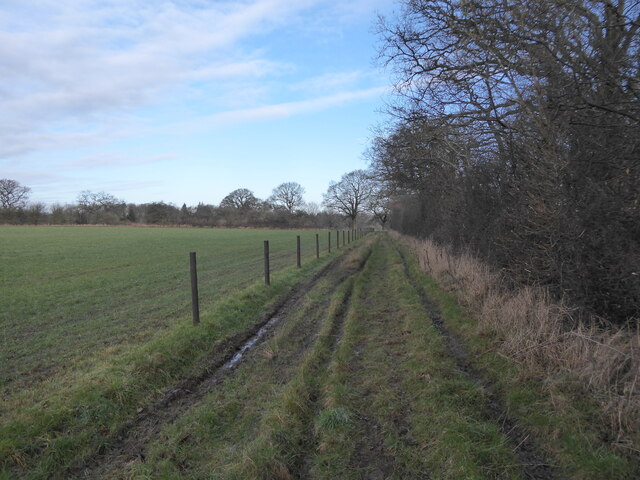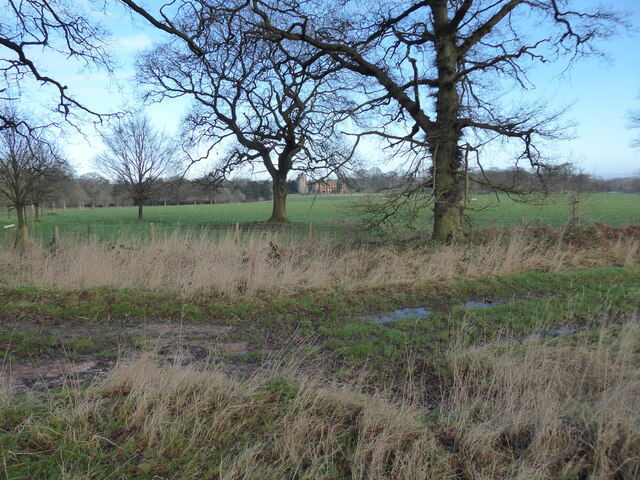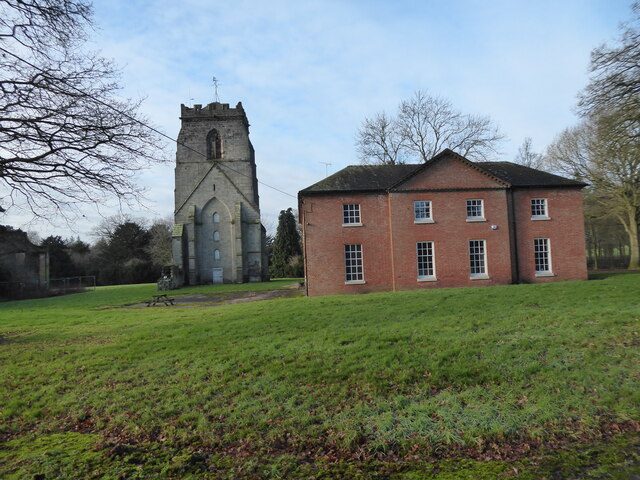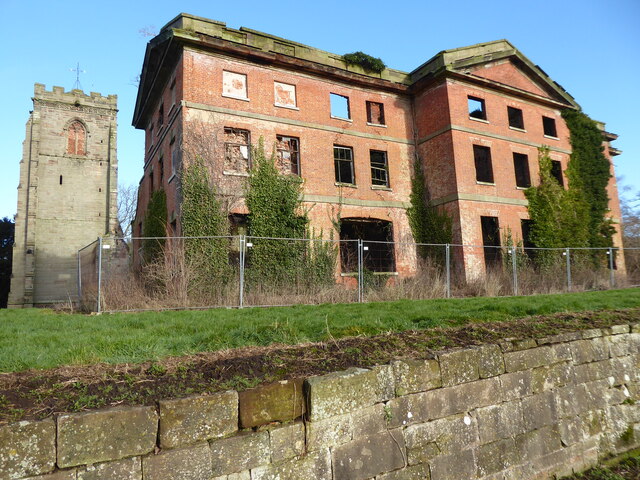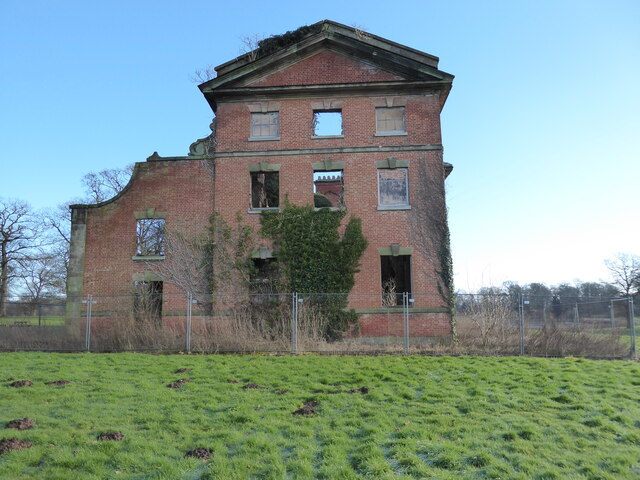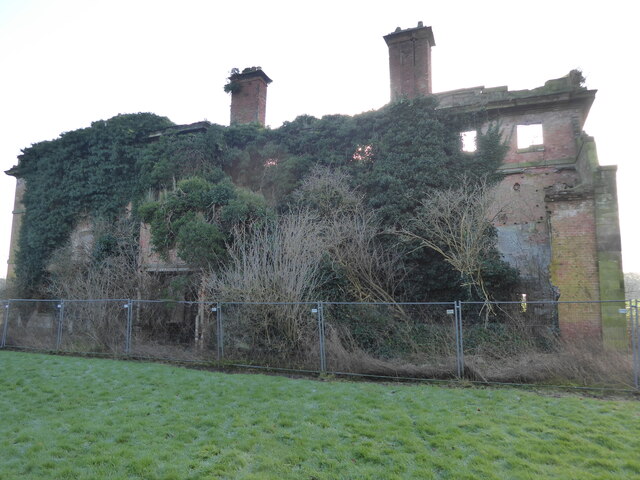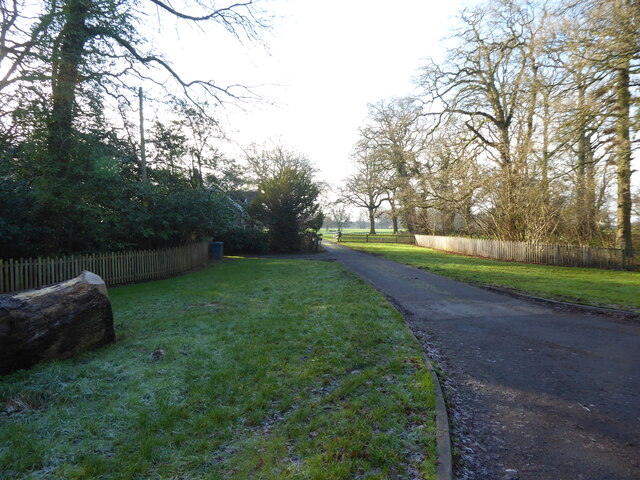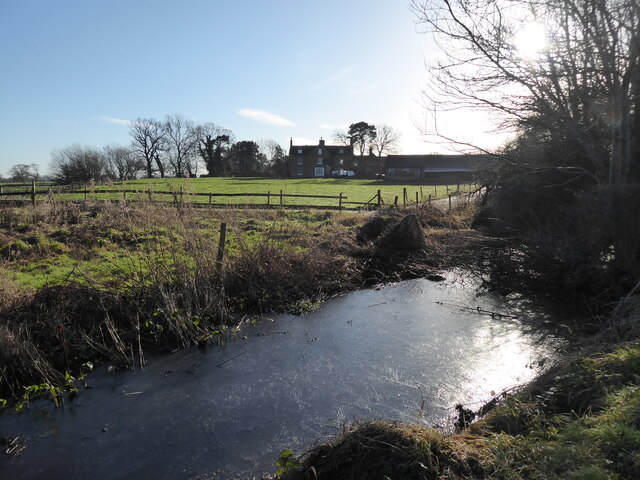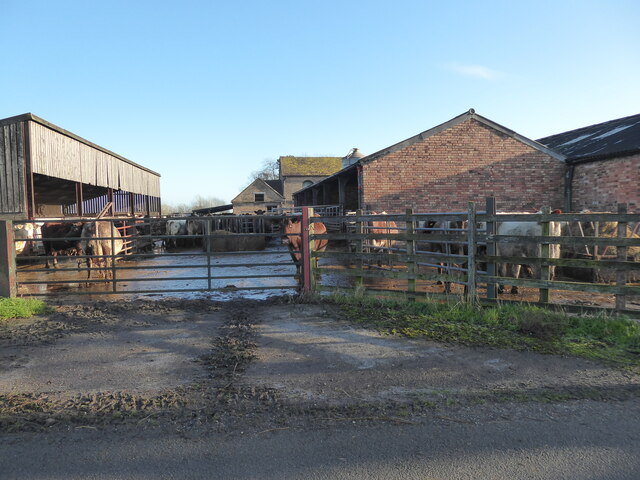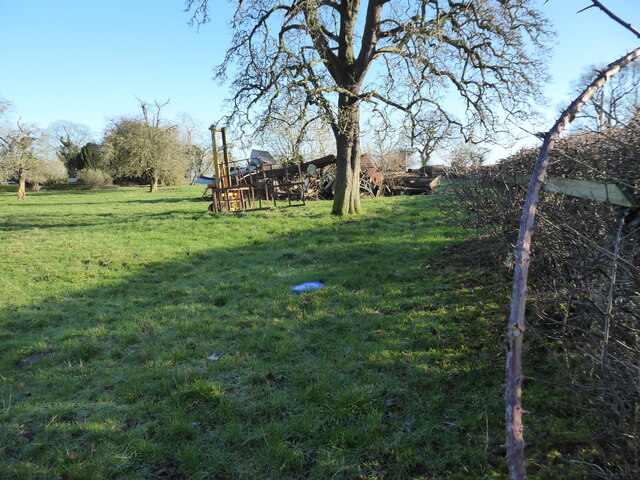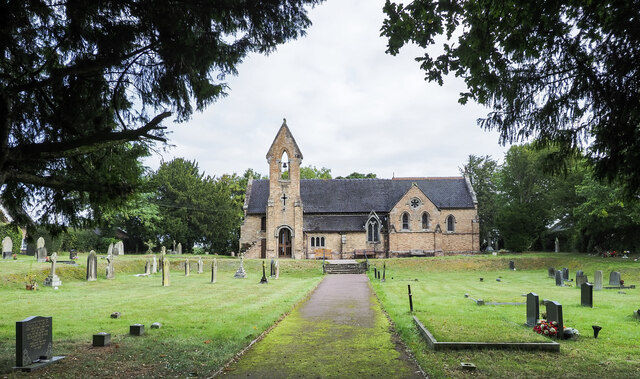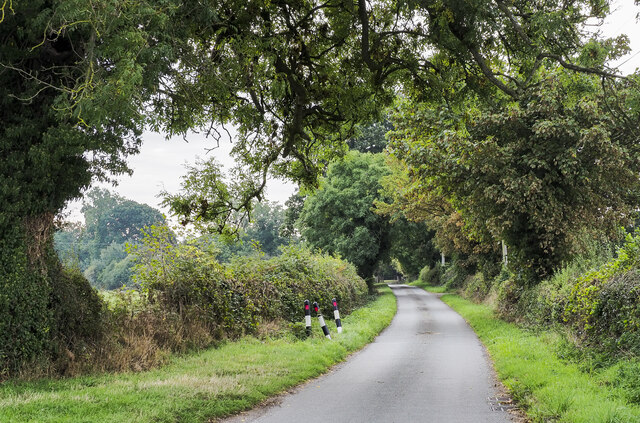Brickyard Plantation
Wood, Forest in Staffordshire Stafford
England
Brickyard Plantation
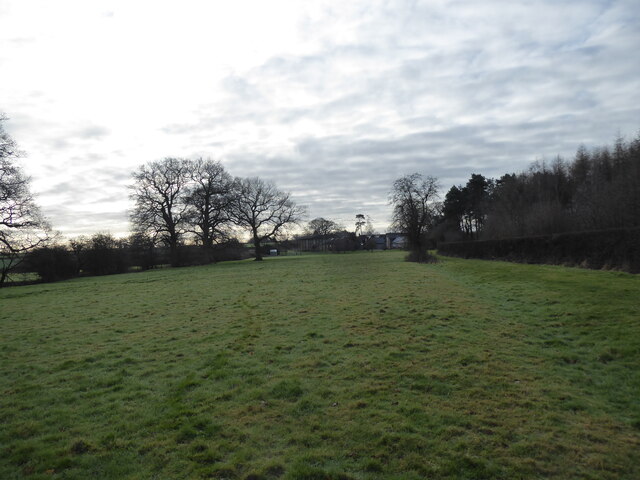
Brickyard Plantation is a picturesque woodland located in Staffordshire, England. Spread across a vast area, this forested area is known for its dense growth of various tree species, making it a haven for nature lovers and outdoor enthusiasts.
The plantation is predominantly covered by a mix of deciduous and evergreen trees, including oak, beech, ash, and pine. This diverse range of foliage creates a vibrant and kaleidoscopic landscape throughout the year. The forest floor is carpeted with a rich variety of wildflowers, adding to its natural beauty and charm.
Walking trails wind their way through the plantation, offering visitors the opportunity to explore the area's natural wonders at their own pace. These paths are well-maintained and suitable for all levels of fitness, making it an ideal destination for families, hikers, and dog walkers.
Brickyard Plantation is also home to a diverse range of wildlife. The forest provides a habitat for numerous bird species, including woodpeckers, owls, and songbirds. Squirrels, foxes, and rabbits can be spotted darting through the undergrowth, adding an element of excitement and intrigue to any visit.
In addition to its natural beauty, the plantation also has historical significance. The name "Brickyard" originates from the area's past use as a clay pit for brickmaking. Remnants of the brickworks can still be found within the woodland, serving as a reminder of its industrial heritage.
Overall, Brickyard Plantation is a captivating destination that offers a tranquil escape from the hustle and bustle of everyday life. With its stunning natural scenery, diverse wildlife, and historical significance, it is a place that continues to draw visitors who seek solace and serenity in the heart of Staffordshire.
If you have any feedback on the listing, please let us know in the comments section below.
Brickyard Plantation Images
Images are sourced within 2km of 52.822083/-2.256844 or Grid Reference SJ8224. Thanks to Geograph Open Source API. All images are credited.
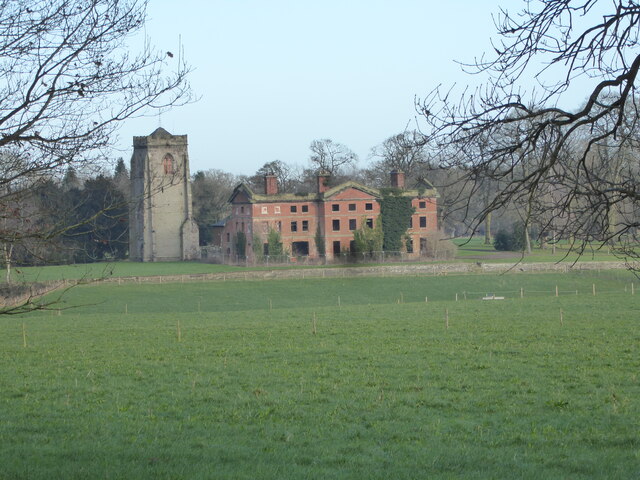
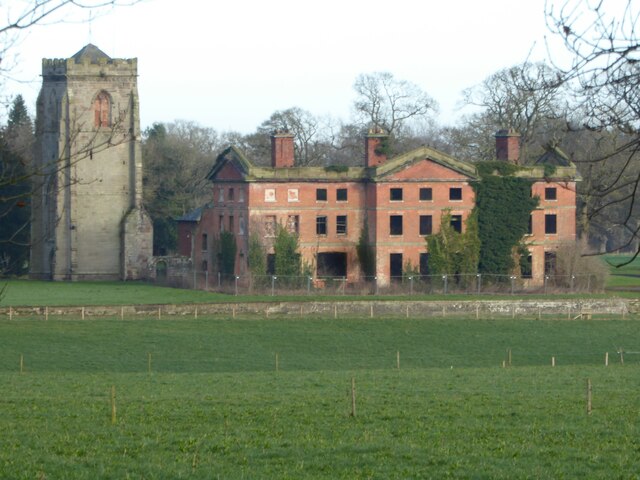
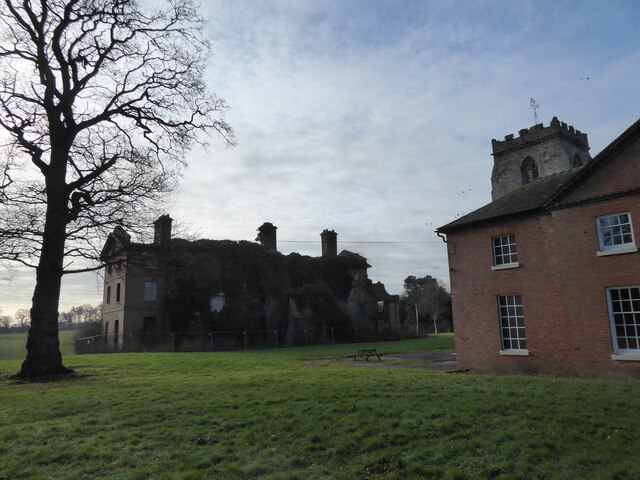
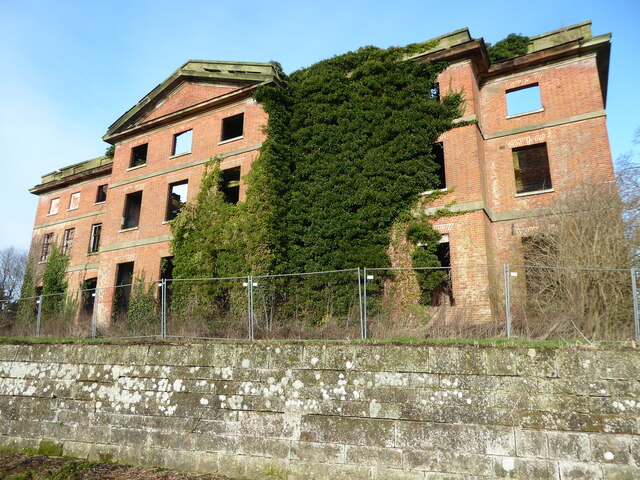
Brickyard Plantation is located at Grid Ref: SJ8224 (Lat: 52.822083, Lng: -2.256844)
Administrative County: Staffordshire
District: Stafford
Police Authority: Staffordshire
What 3 Words
///yesterday.indeed.burden. Near Eccleshall, Staffordshire
Nearby Locations
Related Wikis
Ranton Abbey
Ranton Abbey or Ranton Priory was an Augustinian Priory in Ranton, Staffordshire, England, built c.1150 by Robert fitz Noel of Ellenhall. The priory flourished...
Abbey House, Ranton
Abbey House is an early 19th-century ruined stately home in Ranton, Staffordshire, England. == History == The red-brick Regency house was built in 1820...
Knightley, Staffordshire
Knightley is a hamlet and former manor in Staffordshire, England. It is situated near the villages of Gnosall and Woodseaves, now on the B5405 road. There...
Ellenhall
Ellenhall is a small Staffordshire village roughly 2.5 miles south of Eccleshall originally comprising part of the extensive estates of the Earl of Lichfield...
Ranton Green
Ranton Green is a small village in Staffordshire about a mile southwest of Ranton, Staffordshire and a mile northeast of Gnosall. It consists of a few...
Woodseaves
Woodseaves is a village in Staffordshire, England. It lies in the civil parish of High Offley and is situated on the A519 (Newport-Newcastle-under-Lyme...
Eagle House, Eccleshall
Eagle House is a Grade II listed building in the Staffordshire town of Eccleshall, England, which is currently an award winning bed and breakfast. ��2...
Copmere End
Copmere End is a small settlement in Staffordshire, England. It is 2 kilometres (1 mi) west of Eccleshall where the population taken for the 2011 census...
Nearby Amenities
Located within 500m of 52.822083,-2.256844Have you been to Brickyard Plantation?
Leave your review of Brickyard Plantation below (or comments, questions and feedback).
